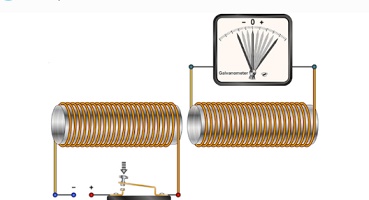What is a second?
We explain what a second is in the measurement of time, how long it lasts and the history of its definition. Also, how long is a minute.
-
What is a second?
The base unit for measuring the time of the International System of Units (SI) is called second . This unit is also shared with the Cegesimal System of Units and the Technical System of Units.
It is represented by the letter s (without a period or capital, since it is not an abbreviation). The misuse of sec is common . , sec or s. as abbreviations, none of which is formally accepted.
Under the International System, the seconds can be divided into smaller units, such as the millisecond (ms) equivalent to 10 -3 seconds; the microsecond (μs) equivalent to 10 -6 seconds and the nanosecond (ns) equivalent to 10 -9 seconds, just to name its three best-known submultiples.
There are also ascending multiples such as decaseconds (das) or hectoseconds (hs), but generally for those cases it is preferred to use larger units of time , such as minutes.
-
Second story
The ancient Romans were the first to divide the hours into minutes and seconds , so these words come from Latin. They divided every hour into 60 smaller portions that they called pars minuta prima or “small first part”, from which the term minute was imposed .
In turn, they divided the minutes into 60 again, which logically were called pars minuta secunda or “second small part”, which ended up being called “second”. Ultimately, the name of the second comes from the Latin sequire , “follow.”
To this should be added the Hebrew heritage in Western culture, whose fervor for the number twelve (12) as a sacred number led them to divide the hours of the day, from sunrise to sunset, a consideration that is still used today in day. Thus, each of the twelve hours has 60 minutes and these in turn 60 seconds, which means that in one hour there are 3600 seconds.
-
How long is a second?
The definition of what a second is comes from past centuries, and was subject to debate and inaccuracies until it was defined as the eighty-six thousand four hundredth part (1 / 86,400) of an average solar day between 1750 and 1890. This seemed to settle the issue with an acceptable margin of error.
However, in 1967 the need for even more accurate measurements imposed a redefinition, no longer based on astronomical time but on atomic time. Thus, today we understand that a second has a duration of 9,192,631,770 oscillations of the radiation emitted by the isotope 133 of cesium ( 133 Cs) at a temperature of 0 degrees Kelvin (0 K).
-
How long is a minute?
According to the International System, one minute has the exact duration of 60 seconds , that is, according to the atomic time, of 551,557,906,200 radiation oscillations of a cesium atom 133 at 0 degrees Kelvin.
-
How many hours and minutes are there in a year?
Extending the figures previously handled for a whole year, we will have to represent 525,600 minutes, equivalent to 8760 hours . These figures correspond to a “type” or average year, since not all years are exactly identical in size.





